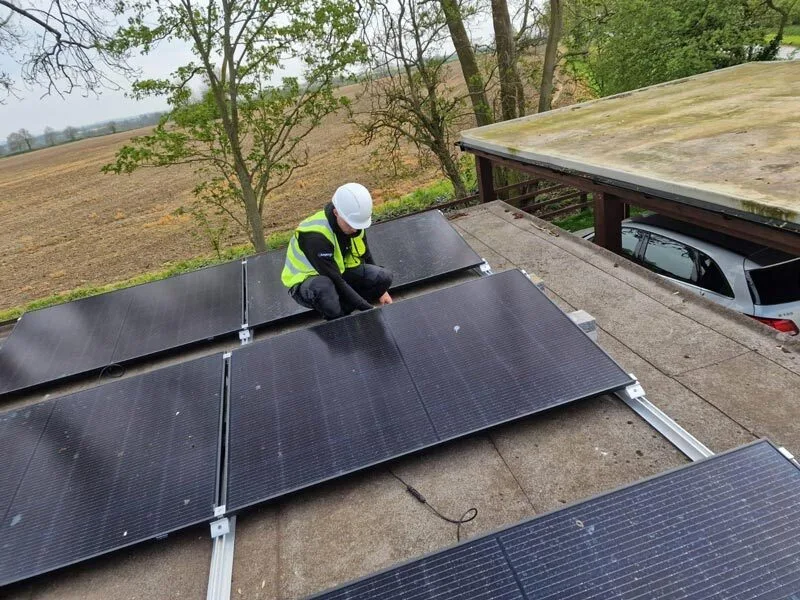Commercial energy storage helps UK businesses shave peaks, cut electricity spend, and maintain power during scheduled maintenance, occasional power cuts, or rare grid failures. With UK battery capacity forecast to reach 7.4 GW in late 2024, firms can select financing models that yield 8 – 15 % annual returns while supporting decarbonisation goals.
These assets integrate seamlessly with on-site solar PV to maximise self-consumption, stabilise supply, and unlock new revenue streams through market services.
The Commercial Energy-Storage Revolution in the UK
Operational capacity of 4.6 GW / 5.9 GWh is projected to climb to 7.4 GW / 11.6 GWh by year-end 2024, driven by a 68.6 % pipeline surge to 84.8 GW and average project sizes of 80 MW. Around 20 % of planned capacity is co-located with solar, including 312 MW / 465 MWh already online.
By 2050, widespread storage could save up to £10 billion annually and create 24 000 jobs, cementing storage as a cornerstone of the UK’s net-zero pathway.
Peak Shaving: Cutting Costs During High-Demand Windows
Battery systems charge off-peak, then discharge when half-hourly prices spike, trimming Triad, DUoS, and Capacity Market charges. One manufacturing site achieved about £437 000 in savings between 2019 and 2024 through an 800 kWh lithium-ion array, smart EMS, and strategic load curtailment.
Building Resilience: Protection Against Outages
The UK grid boasts 99.9 % reliability—one of Europe’s best—yet scheduled maintenance, occasional power cuts, or rare faults can still disrupt operations. Commercial batteries provide millisecond switchover to maintain data centres, security systems, and production lines.
- Instant transfer with UPS-grade response times
- Scalable capacity tailored to site-critical loads
- Remote monitoring via the Houston platform
- Load-prioritisation algorithms to extend backup duration
Achieving Sustainability Targets
Storage smooths renewable intermittency, supports grid flexibility, and reduces reliance on carbon-intensive peaker plants. Analysts expect the global market to top £506.5 billion by 2031 as businesses pursue resilience and emissions cuts.
Financial Models & ROI
- Lease agreements – zero capex, fixed monthly fees.
- Owner-operated – highest long-term return, capex offset by Capital Allowances.
- Energy-management contracts – shared savings with 7–8 year payback.
- Community models – cost split across multiple tenants on one estate.
Blending wholesale arbitrage, FFR, and Capacity Market revenues, well-sited assets typically earn 8 – 15 % IRR—even after accounting for degradation.
Integrating Batteries with Renewables
Pairing batteries with PV or wind tackles intermittency, minimises curtailment, and boosts project economics. The combination also enhances participation in flexibility markets, further improving returns.
Key Integration Benefits
- Greater on-site self-consumption and lower grid import
- Frequency and voltage support services
- Reduced curtailment penalties
- Time-of-use optimisation for lower carbon intensity
Secure your competitive edge—contact Ampergia’s storage team to model payback and resilience benefits for your site today.
Power-outage cost source: US DOE estimates (£118 billion equivalent). Currency conversions based on £1 = US $1.27.

